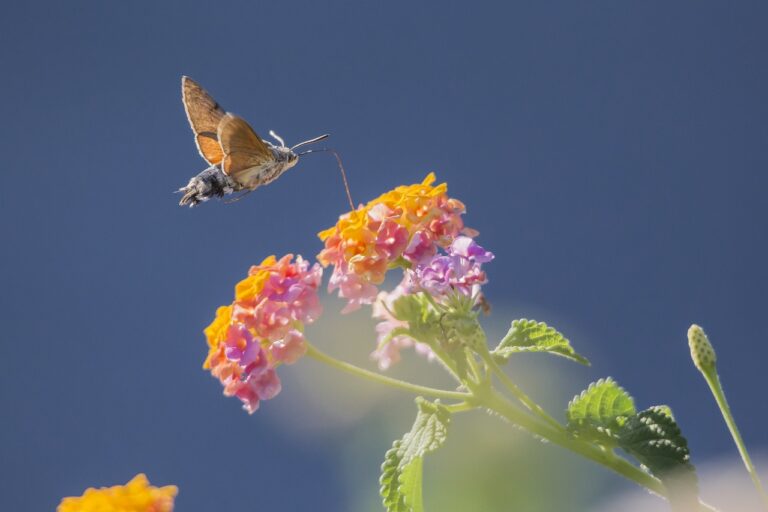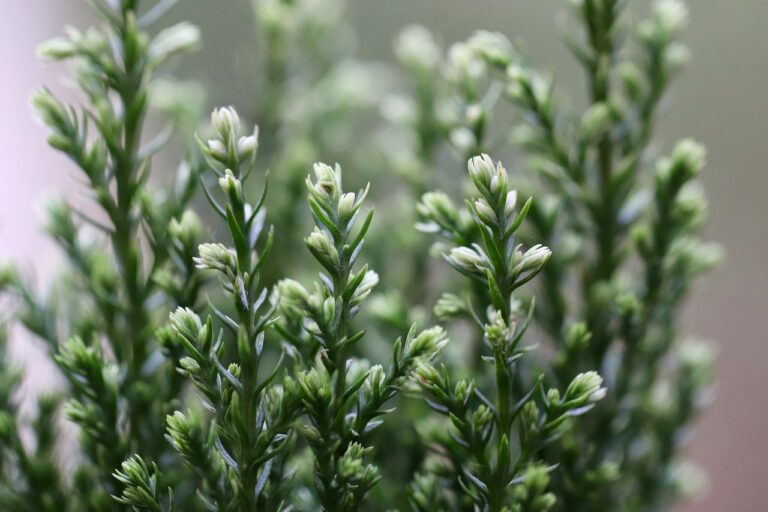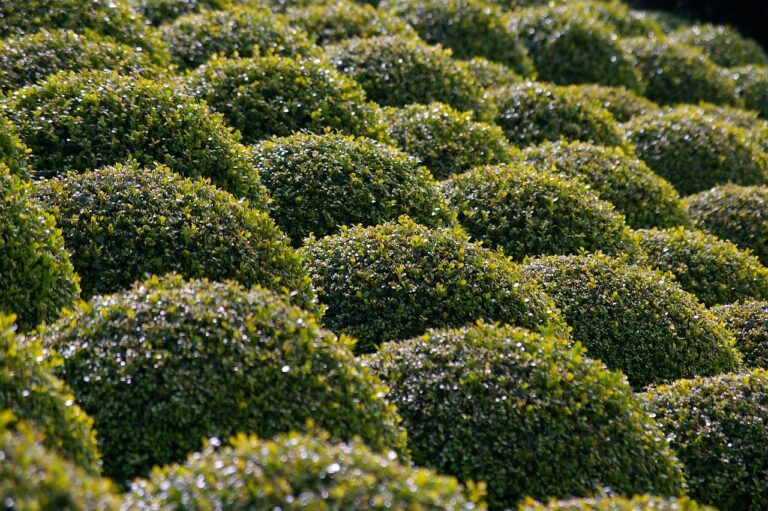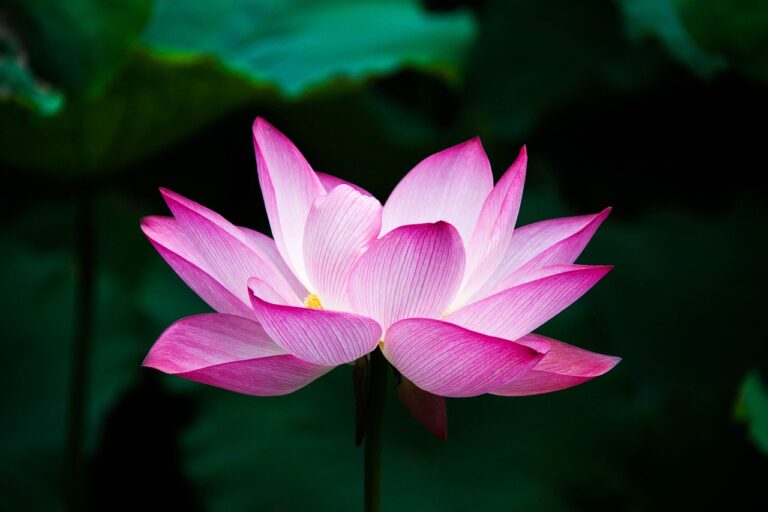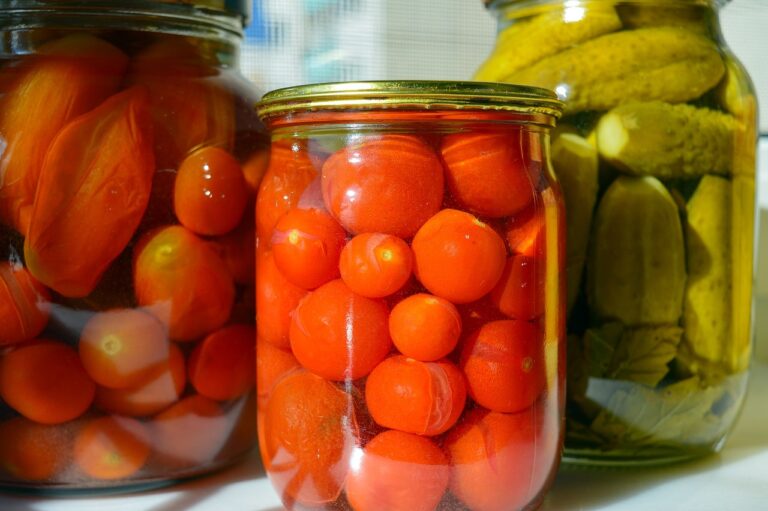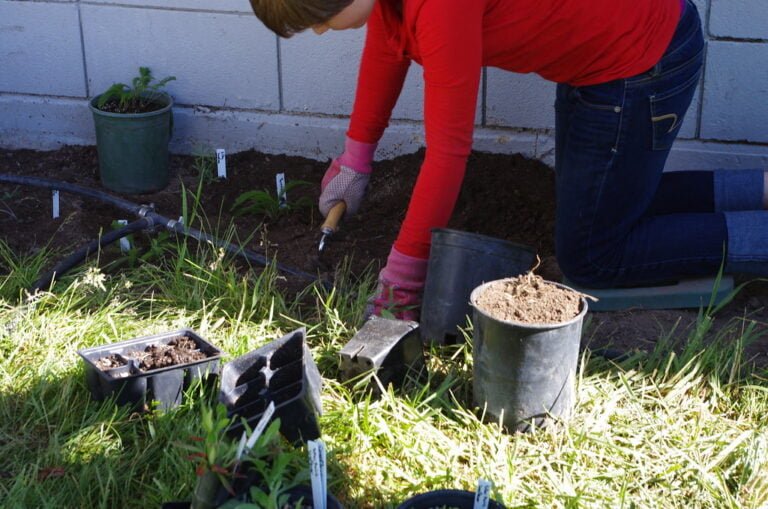Choosing Drought-Tolerant Plants for Water Conservation and Xeriscaping Techniques
Looking to conserve water and create a beautiful, low-maintenance landscape? You're in the right place. In this article, we'll guide you through the process of choosing drought-tolerant plants for water conservation and xeriscaping techniques. Whether you're a seasoned gardener or just starting out, we'll provide you with practical tips and expert advice to help you design a stunning, water-efficient garden. Get ready to transform your outdoor space and make a positive impact on the environment. Let's get started!
Benefits of Drought-Tolerant Plants
When choosing drought-tolerant plants, you can enjoy the benefits of saving water and reducing maintenance. By opting for water-efficient gardening, you not only contribute to the conservation of this precious resource but also save money on your water bills. Drought-tolerant landscaping is of utmost importance in areas prone to water scarcity or where water restrictions are in place. These plants have adapted to survive in low-water conditions, making them resilient and easy to maintain. They require less watering, reducing the need for constant irrigation and providing a sustainable solution for your garden. Additionally, drought-tolerant plants often have deep root systems, which help prevent soil erosion and improve the overall health of your garden. Embracing water-efficient gardening with drought-tolerant plants offers multiple benefits, both for the environment and your wallet.
Essential Factors for Xeriscaping
To effectively xeriscape your garden, you need to consider several essential factors. First and foremost, you should focus on selecting drought-tolerant landscaping options. These plants are specifically designed to withstand dry conditions and require minimal watering. Look for native species that are well adapted to your region's climate. Additionally, it is crucial to implement water-saving gardening techniques. Mulching is a great way to retain moisture in the soil and reduce evaporation. Installing a drip irrigation system can also help minimize water wastage by delivering water directly to the plant's roots. Furthermore, proper soil preparation is vital for xeriscaping success. Make sure to amend your soil with organic matter to improve its water-holding capacity. By considering these essential factors, you can create a beautiful and sustainable garden that conserves water and thrives in dry conditions.
Selecting Native Drought-Tolerant Plants
To effectively select native drought-tolerant plants for your xeriscape garden, consider their adaptability to your region's climate. Native plant selection is crucial for water conserving landscaping techniques because these plants are naturally suited to the local conditions and require less water to thrive. When choosing native plants, look for species that have evolved to withstand periods of drought. These plants have developed deep root systems that allow them to access water deep within the soil. Additionally, native plants have adapted to the local climate, meaning they can handle the temperature extremes and precipitation patterns of your area. By selecting native drought-tolerant plants, you can create a beautiful and sustainable garden that requires minimal water and maintenance.
Low-Water Landscape Design Tips
Looking to design a low-water landscape that conserves water and reduces maintenance? Incorporating drought resistant groundcovers and implementing water saving garden design techniques can help you achieve a beautiful and sustainable landscape. When selecting drought resistant groundcovers, consider plants such as creeping thyme, sedum, or ice plant. These groundcovers not only provide color and texture, but also help to suppress weeds and reduce the need for watering. Additionally, incorporating mulch around your plants can help retain moisture in the soil and prevent evaporation. To further conserve water, consider installing a drip irrigation system that delivers water directly to the roots of plants, minimizing water waste. By implementing these low-water landscape design tips, you can create a sustainable and beautiful garden while conserving water and reducing maintenance.
Efficient Irrigation Methods for Xeriscaping
Save water and maintain the health of your xeriscape by implementing efficient irrigation methods. Efficient irrigation systems are essential for water conservation in xeriscaping. There are several water-saving techniques that you can incorporate into your irrigation system to reduce water usage and minimize waste. One method is the use of drip irrigation, which delivers water directly to the plant roots, minimizing evaporation and runoff. Another technique is installing a rainwater harvesting system to collect and store rainwater for later use in your xeriscape. Smart irrigation controllers are also a great investment, as they use weather data to adjust watering schedules based on specific plant needs and weather conditions. By implementing these efficient irrigation methods, you can significantly reduce water consumption in your xeriscape and contribute to a more sustainable and environmentally friendly landscape.
Creating a Water-Wise Planting Plan
When planning your water-wise planting, consider using drought-tolerant plants. These plants are a key component of water efficient gardening and sustainable landscaping. By choosing plants that are adapted to your region's climate and soil conditions, you can reduce water usage and create a beautiful, low-maintenance garden. Start by researching which plants are native to your area or have been successfully grown in similar conditions. Look for plants that have thick, waxy leaves or fine, needle-like foliage, as these features help reduce water loss through evaporation. Additionally, consider grouping plants with similar water needs together to make irrigation more efficient. With a well-thought-out water-wise planting plan, you can create a stunning and environmentally-friendly garden that conserves water and supports local ecosystems.
Incorporating Mulch for Water Conservation
To further enhance water conservation in your water-wise planting plan, incorporate mulch. Mulch offers several benefits that can help conserve water in your garden. Firstly, mulch acts as a protective layer on the soil, reducing evaporation and keeping moisture locked in. This means you will need to water your plants less frequently. Secondly, mulch helps to suppress weed growth, reducing competition for water. By minimizing the number of weeds in your garden, you can ensure that the water you provide goes directly to your plants. Lastly, mulch helps to insulate the soil, keeping it cooler in hot weather and reducing water loss through evaporation. When selecting mulch, consider using organic materials such as wood chips, straw, or compost, as they can improve soil health over time. Avoid using rocks or gravel as mulch, as they can absorb heat and increase evaporation. Incorporating mulch into your water-wise planting plan is a simple yet effective way to conserve water and create a healthy, sustainable garden.
Drought-Tolerant Trees for Xeriscaping
Planting a few drought-tolerant trees in your xeriscaping design can greatly enhance water conservation efforts. Choosing the right trees that can withstand dry conditions is essential for creating an environmentally friendly landscape. When selecting drought-tolerant trees, consider their native habitat and their ability to adapt to arid climates. Some popular choices include Desert Willow, Palo Verde, and California Sycamore. These trees have deep root systems that enable them to find water even in dry soil. They also provide shade, reducing water evaporation from the ground. Additionally, their leaves and branches can act as a windbreak, preventing excessive water loss through evapotranspiration. By incorporating these drought-tolerant trees into your xeriscaping design, you can enjoy a beautiful and sustainable landscape while conserving water.
Perennial Flowers for Water-Efficient Gardens
To create a water-efficient garden, consider incorporating perennial flowers that are drought-tolerant. These flowers are a great choice for dry climates and can thrive even with limited water resources. When landscaping, it is important to choose the best drought-tolerant flowers that will not only conserve water but also add beauty to your garden. Some of the top choices include lavender, yarrow, black-eyed Susan, and coneflower. These flowers have deep root systems that allow them to access water from deeper soil layers, making them more resilient to drought conditions. Additionally, they have thick leaves that help reduce water loss through transpiration. By selecting these perennial flowers for your garden, you can create a vibrant and water-efficient landscape that will thrive even in dry climates.
Maintenance Tips for Drought-Tolerant Landscapes
Keep your drought-tolerant landscape thriving with these maintenance tips. Maintaining a water-efficient garden requires a few essential techniques to ensure the longevity and health of your plants while saving water. First, make sure to regularly check the soil moisture levels. Drought-tolerant plants still need water, especially during their establishment phase. Use a moisture meter or simply insert your finger into the soil to determine if it's time to water. Additionally, consider using mulch around your plants to retain moisture and suppress weeds. Mulch also helps regulate soil temperature and prevent evaporation. Another important maintenance technique is proper pruning. Regularly remove dead or damaged branches to encourage healthy growth and prevent disease. Finally, be mindful of the weather and adjust your watering schedule accordingly. During periods of rain, reduce or suspend irrigation to avoid over-watering. By implementing these maintenance techniques, you can ensure your drought-tolerant landscape thrives while saving water.
Frequently Asked Questions
How Can I Create a Xeriscape Design That Incorporates Both Drought-Tolerant Plants and Traditional Landscaping Elements?
To create a xeriscape design that combines drought-tolerant plants with traditional landscaping elements, start by selecting water-wise plants for your garden. Then, incorporate traditional features like pathways and focal points to enhance the overall aesthetic.
Are There Any Types of Drought-Tolerant Plants That Are Known to Attract Specific Wildlife, Such as Butterflies or Hummingbirds?
Drought-tolerant plants play a vital role in local ecosystems by attracting specific wildlife like butterflies and hummingbirds. Incorporating these plants in your xeriscaping design can create a thriving habitat for pollinators and enhance the beauty of your landscape.
Can I Use Drought-Tolerant Plants in Containers or Raised Beds?
Yes, you can definitely use drought-tolerant plants in containers or raised beds. They work well in vertical gardens and can be incorporated into hanging baskets, making them a versatile and water-saving choice.
What Are Some Creative Ways to Use Mulch in a Xeriscape Design?
To use mulch creatively in your xeriscape design, consider incorporating it as a decorative element or pathway border. You can also use mulch to create art installations or design patterns in your landscape.
Are There Any Specific Soil Amendments or Fertilizers That Are Beneficial for Drought-Tolerant Plants?
To help your drought-tolerant plants thrive, consider using beneficial soil amendments and fertilizers. These can improve the nutrient content and water-holding capacity of your soil. Also, don't forget to incorporate mulch in your xeriscape design for added water conservation.
Conclusion
In conclusion, choosing drought-tolerant plants for water conservation and implementing xeriscaping techniques can greatly benefit your landscape. By selecting native plants, practicing efficient irrigation methods, and incorporating mulch, you can create a low-water landscape that is both beautiful and sustainable. Additionally, using drought-tolerant trees and perennial flowers can further enhance water efficiency in your garden. Remember to maintain your drought-tolerant landscape properly to ensure its long-term success. With these practical tips, you can create a water-efficient garden that thrives even in dry conditions.

